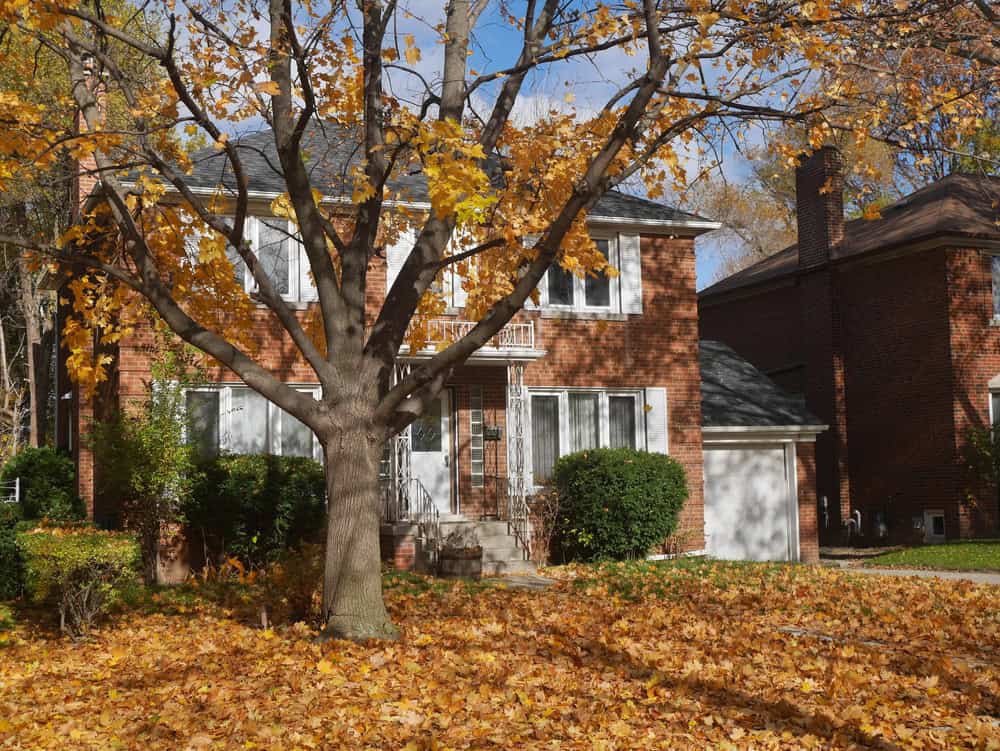No More Dead Trees After Winter
Suffolk County Specialists
We know Long Island's specific winter challenges and which trees need protection most.
No Hidden Fees
Transparent pricing includes installation, materials, and spring removal - no surprises on your bill.
Satisfaction Guaranteed
We stand behind every wrapping job because your landscape investment matters to us.
Full Service Company
One call handles all your property needs - wrapping, removal, and ongoing maintenance.

Stop Winter Before It Kills Your Trees
Hear from Our Customers
What Your Trees Get
Your young trees won't get sunscald cracks that stunt growth for years.
Road salt spray can't burn your evergreens or damage their root systems.
Freeze-thaw cycles won't split bark or kill cambial tissue in your valuable trees.
Heavy snow and ice loads won't snap branches or crush delicate shrubs.
Drying winter winds can't strip moisture from evergreen needles and leaves.
Your landscape maintains its value instead of looking dead every spring.

Why Suffolk County Trees Die
Share project details
Call us or get a free online quote to help us identify your project needs.
We'll follow up
If you requested an online quote, you can expect a callback within 24-48 hours of your request.
The floor is yours
Connect with an expert and share all project specifics.
Plan your project
Like what you hear? We'll provide next steps and expert guidance.
How We Protect Your Investment

Site Assessment
We identify which trees need protection and plan the best wrapping approach for your property.
Professional Installation
Proper burlap application using techniques that protect without damaging bark or restricting growth.
Spring Removal Service
We return to safely remove all materials at the right time to prevent pest problems.